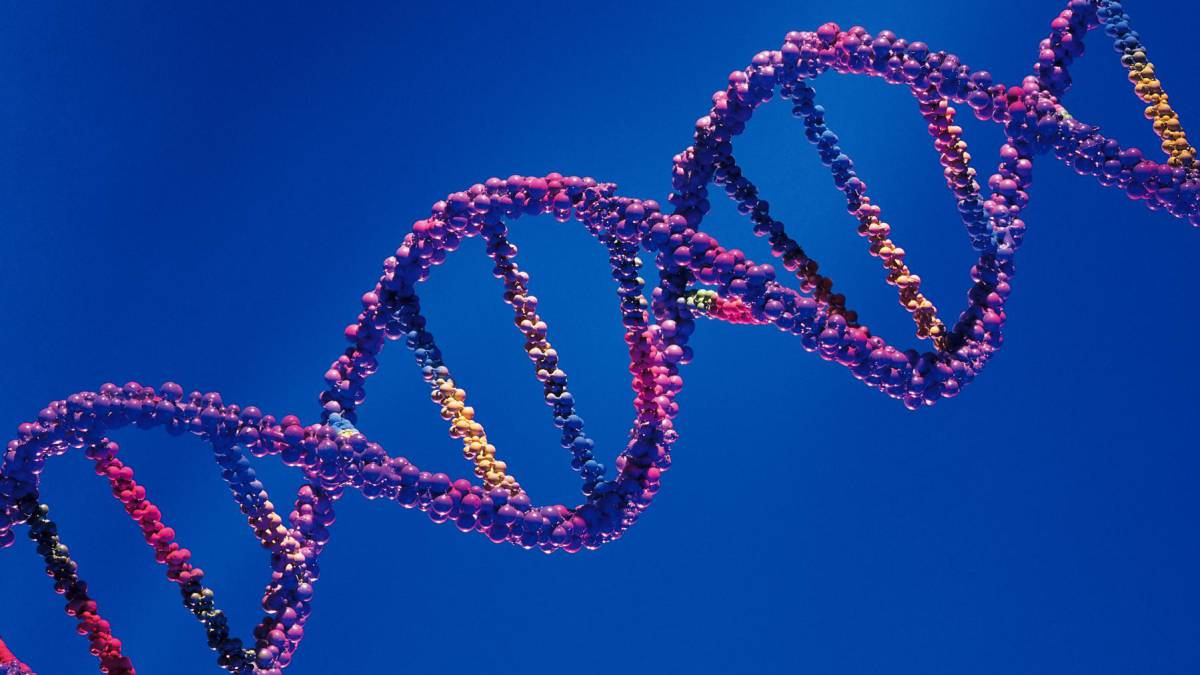The proteins TONSL (Tonsoku-like, a DNA repair protein) and MMS22L (methyl methanesulfonate-sensitivity protein 22-like, another DNA repair protein) form a complex known to be necessary for replication fork stability and repair of replication-associated DNA damage. The TONSL-MMS22L complex was already shown to associate with soluble (non-nucleosomal) histones H3-H4, histone chaperone ASF1 and MCM2 (a histone-binding domain). In their recent article published in Nature, Saredi et al. bring evidence that the TONSL-MMS22L complex also interacts with nucleosomal histones in chromatin.
Of note, Saredi et al. showed that the ARD (ankyrin repeat domain) of TONSL recognizes and reads histone H4 tails only when they are unmethylated at lysine 20 (H4K20me0). TONSL recruitment to replication forks and post-replicative chromatin, but not to late G2/M phase chromatin, is favored by ARD recognition of H4K20me0 at new histones. This binding to H4K20me0 is very likely to be required for TONSL presence at damaged forks and DNA lesions, which strongly places H4K20me0 as a central player in TONSL-MMS22L genome stability functions. The authors propose H4K20me0 as a histone modification signature for post-replicative chromatin, further highlighting the link between DNA repair and the replication state of a genomic locus.
Since multiple TONSL ARD mutations are reported in cancer, this study brings new insights in the tumor suppressor function of H4K20me0 recognition and its strong potential for being explored as a new cancer therapy target.



